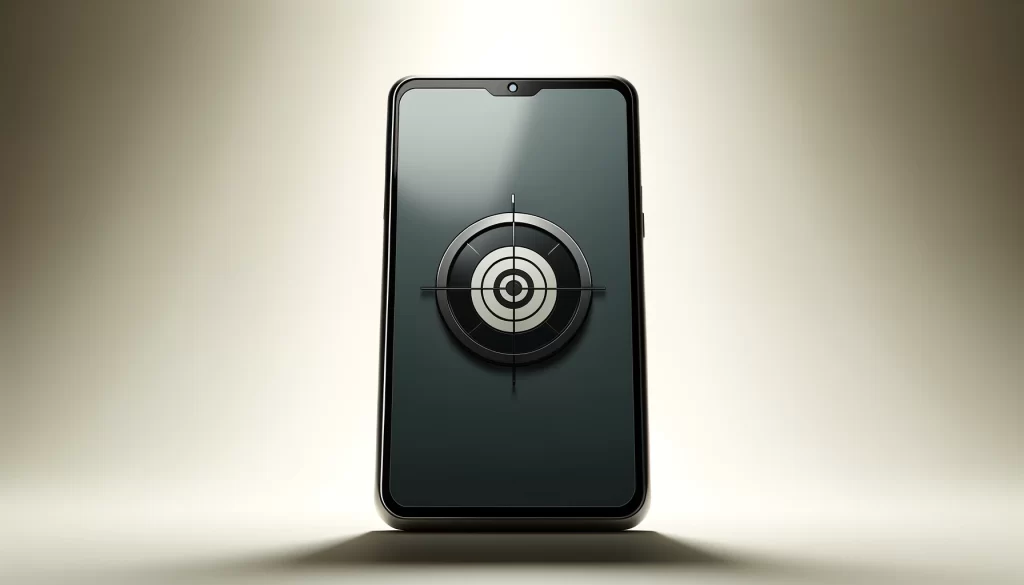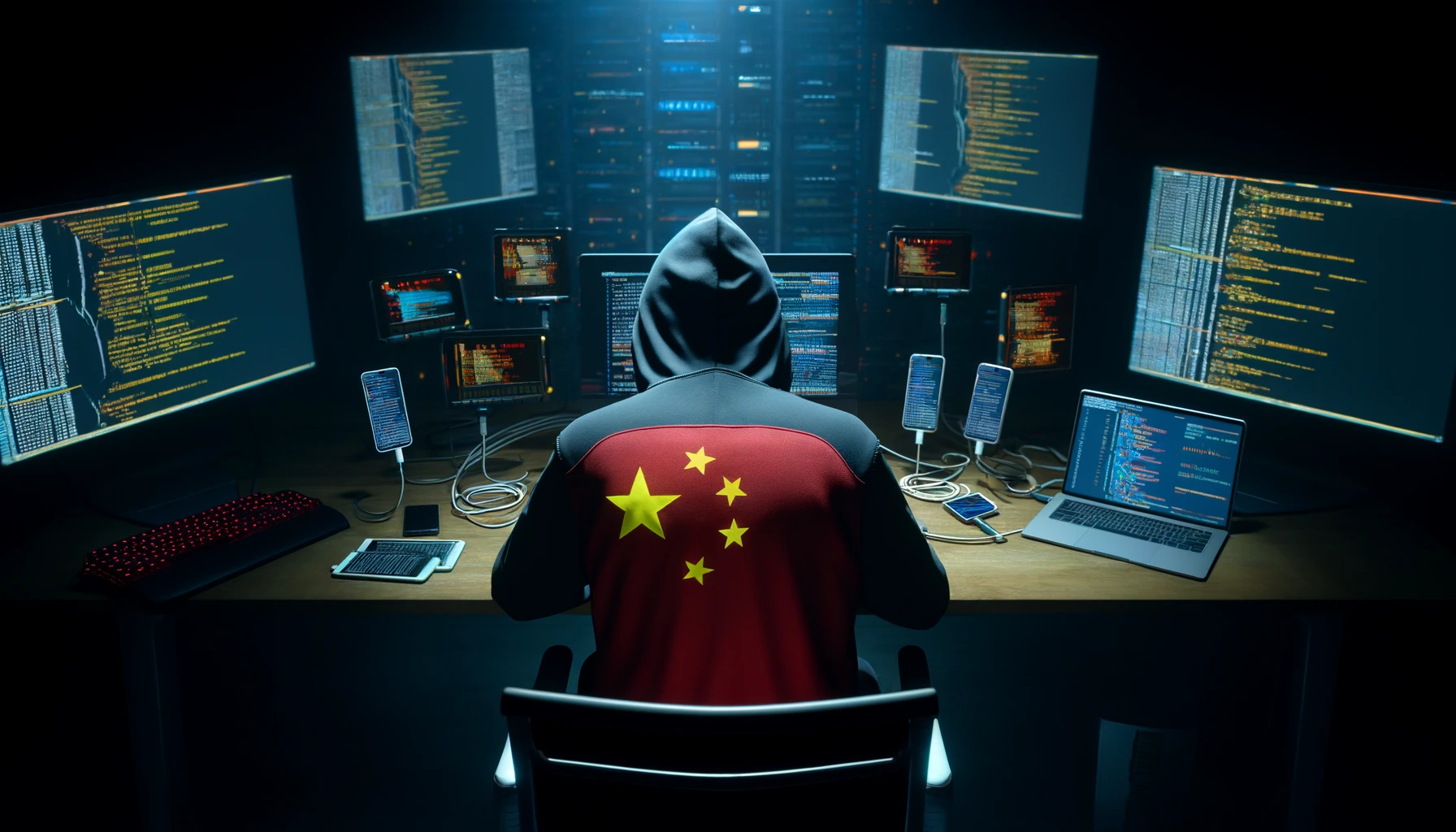The discovery of LightSpy, a potent iOS spyware linked to Chinese cyber operations, has raised significant alarms across the cybersecurity community. This sophisticated malware specifically targets iPhone users in South Asia, highlighting a regional security issue that could have broader implications.
Understanding Spyware
What is Spyware? Spyware is malicious software designed to enter your device, gather your personal information, and transmit it to third parties without your consent. The efficiency of spyware lies in its ability to stay hidden from the user while actively harvesting data.
Origins of LightSpy
Discovery and Attribution LightSpy was first identified by cybersecurity researchers who traced its activities back to Chinese-sponsored hackers. This attribution is based on the tactics, techniques, and procedures (TTPs) employed by the attackers, which align with known Chinese cyber espionage strategies.
How LightSpy Works
Technical Overview LightSpy operates by exploiting known vulnerabilities in iOS. Once installed, it gains extensive access to the device, allowing it to siphon off a wide range of data, including messages, calls, and even location information.
Impact on South Asian Users
Target Demographic The primary targets of LightSpy are iPhone users in South Asia, a region with a dense population and growing tech usage. This selection suggests a strategic interest in the data accessible from these users’ devices.
Countries Affected Nations like India, Pakistan, and Bangladesh have been particularly vulnerable to these attacks, seeing a higher incidence of infections and data breaches as a result.
Consequences for Users Victims of LightSpy can face severe privacy violations, potential financial fraud, and even threats to personal safety if sensitive information is leaked.
Detection and Prevention
Tools for Detection Several cybersecurity firms have developed tools that can detect the presence of LightSpy on an iPhone, helping users identify and neutralize threats sooner.
Prevention Strategies To avoid spyware infections, users are advised to update their devices regularly, avoid clicking on suspicious links, and install trusted security software.
The Global Context
International Reactions The global response to LightSpy includes heightened scrutiny of cyber tools and cooperation between nations to bolster defenses against such threats.
Cybersecurity Measures Internationally, there is a push to improve cybersecurity measures, including more robust software defenses and better user education on potential threats.
Legal and Ethical Considerations
The use of spyware like LightSpy raises profound legal and ethical questions concerning privacy, consent, and the bounds of digital surveillance.
Future of Mobile Security
Looking ahead, the evolution of mobile security appears to be a cat-and-mouse game between cybersecurity professionals and cybercriminals, with advancements in technology constantly shaping the landscape.
Conclusion
The emergence of LightSpy spyware is a stark reminder of the ongoing cybersecurity threats facing users worldwide. Awareness and proactive measures are key in safeguarding personal information against such sophisticated attacks.
READ: U.S Treasury’s Role Against Hamas Cyber Influence Operations






Excuse, that I interrupt you, there is an offer to go on other way.
Bravo, the ideal answer.
Absolutely with you it agree. In it something is also thought excellent.
Your comment is awaiting moderation.
Hello,
Private FTP FLAC/Mp3/Clips 1990-2024.
New Club/Electro/Trance/Techno/Hardstyle/Hardcore/Lento Violento/
Italodance/Eurodance/Hands Up music: https://0daymusic.org/rasti.php?ka_rasti=-DE-
List albums: https://0daymusic.org/FTPtxt/
0-DAY scene releases daily.
Sorted section by date / genre.
Music videos: https://0daymusic.org/stilius.php?id=music__videos-2021
Regards
Jason M.